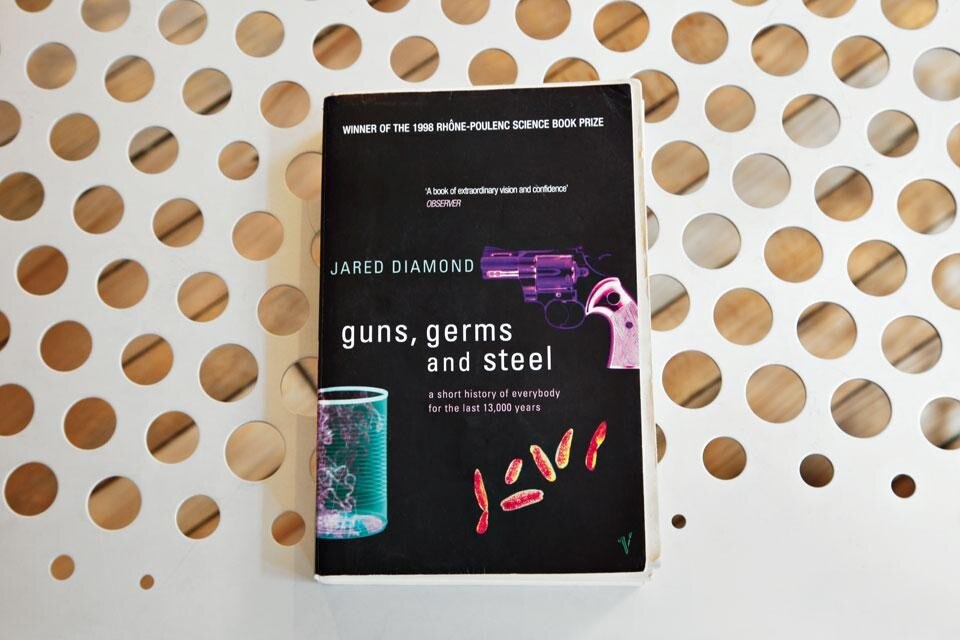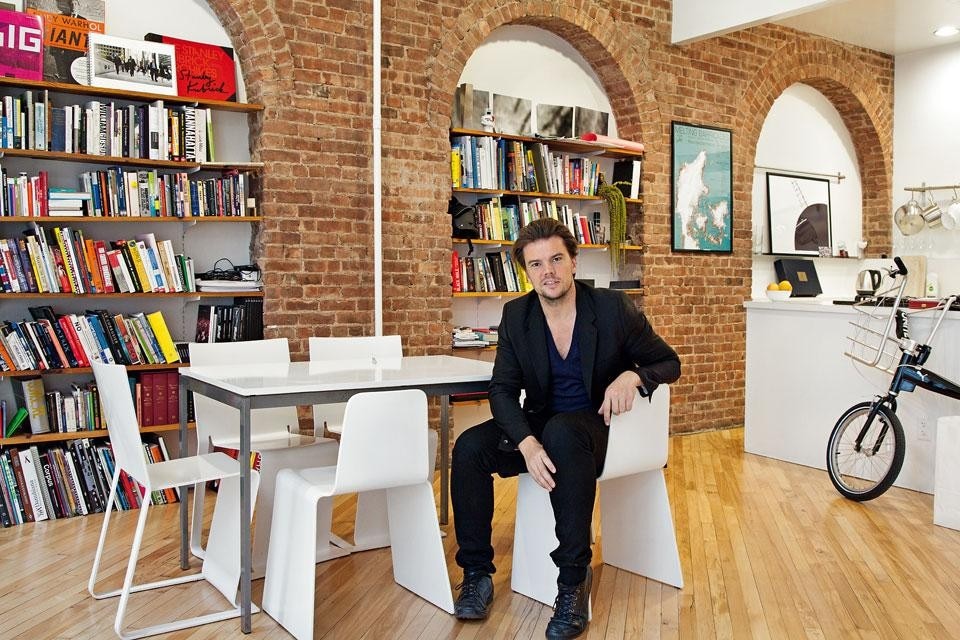1. Frank Miller, Batman: The Dark Knight Returns
2. William Gibson, Neuromancer
3. Manuel De Landa, A Thousand Years of Nonlinear History
4. Friedrich Nietzsche, On the Genealogy of Morality
5. David Lynch, Twin Peaks: An Access Guide to the Town
6. Charlie Kaufmann, Adaptation. The Shooting Script
7. Charles Darwin, From So Simple a Beginning: The Four Great Books of Charles Darwin
8. Umberto Eco, Foucault's Pendulum
9. Douglas Coupland, Generation X
I have been reading comics since I was eight or nine years old, and I have always been a fan of the great European comics draughtsmen of the '70s and '80s: Paolo Serpieri, Tanino Liberatore, and of course Manara. But also Moebius, and lots of others. I have always devoured books of this kind. But the epochal change for me was this masterpiece by Frank Miller, which, strangely, has never been translated into a movie, though it clearly inspired Christopher Nolan's second Batman. Graphically, it has the crudeness of a Hugo Pratt, with stark contrasts in black and white, and a certain overall roughness. In terms of narrative structure, on the other hand, it has something in common with The Watchmen: a non-linear narration, in which diverse threads are pursued simultaneously; and highly stratified, in which different points of view and different realities are interpolated. A multitude of information is offered to the reader, and the story is very rich and profound. I believe Miller is one of the most sophisticated authors, one who continually experiments with new ways of mixing images and words.
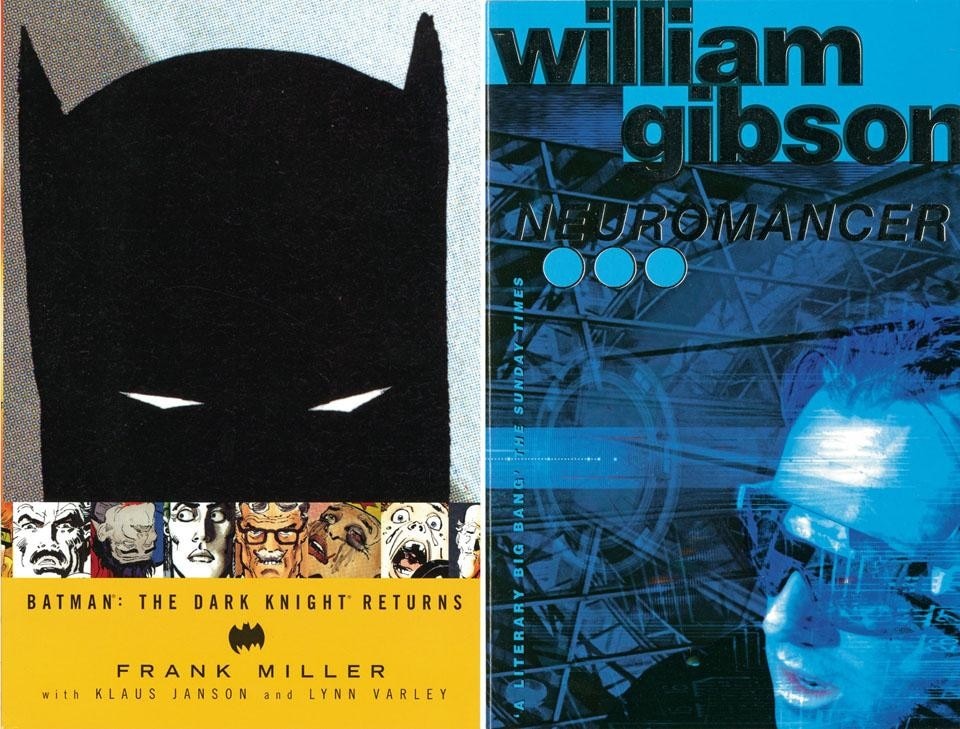
It's like saying Gibson invented Matrix and invented virtual reality. Philip K. Dick and Iain M. Banks were also very important to me, and to this day I often read science fiction; right now I'm reading one centred on environmental concerns, in which human beings colonise another planet—the problems of environmental conservation and ecology ring completely differently when you're talking about an imaginary planet. The basis of every work of science fiction is a structure in which the plot is accelerated by a political, social or technological idea, and the whole story becomes a fictional exploration of that idea: the simple transformation of one parameter changes everything else. To my mind the whole process of invention and architectural fulfillment is connected with these kinds of accelerated hypotheses.
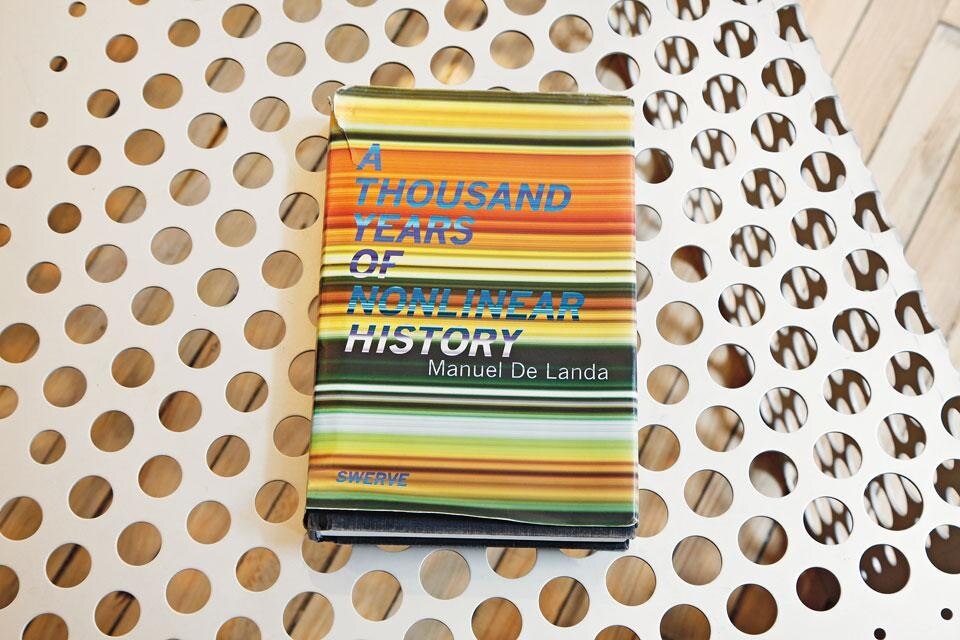
Nietzsche has become my favourite philosopher, and this title is an almost obvious classic. I never studied Nietzsche at university. What makes On the Genealogy of Morality my favourite book of his is this idea that sometimes, in order to act better, you need to focus on the path that has brought you that far: what remains a habit and what changes. It is a way of reading and learning from accumulated experience. He sees the planet as a workshop of enormous complexity and scale, and this has profoundly influenced me. Nietzsche is no more of a nihilist than Marx was a capitalist: he identified nihilism as Marx identified capitalism. Nietzsche has passed on to me the excitement of the freedom to create new values, which is entirely different to not possessing values. The point is to create values as an active philosopher. Architects use philosophy to seek images, topoi. Take Deleuze and Guattari: many architects adore the rhizome because constructing rhizomatic buildings requires very little effort or imagination.
As his generation’s anti-dogmatic thinker and charismatic communicator par excellence, Bjarke Ingels, the boyish founder of BIG, proved that even in architecture age is immaterial to success.
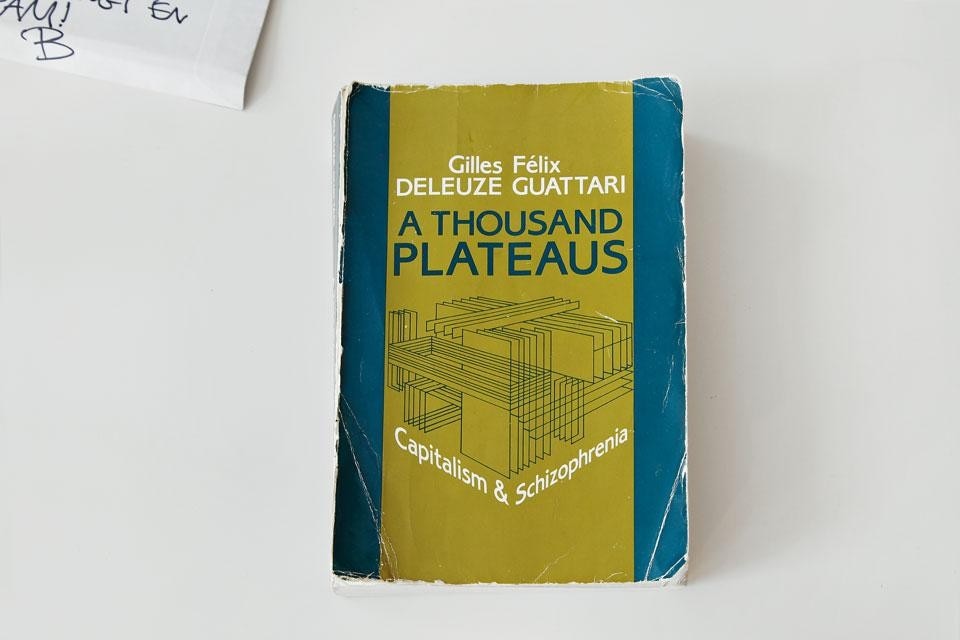
Altering genres, while abiding by their fundamental canons, is exactly what this brilliant scriptwriter and director has done, both in his directed and in his scripted full-length films. In Adaptation, when all's said and done, it is as if he really wanted only to make a film about flowers, even though the outcome for the spectator is much more complex and stratified. Respect for set forms is a value in design too. I am convinced that it is a grave error, for those in my profession, to think they can afford to toss amorphous objects into the world.
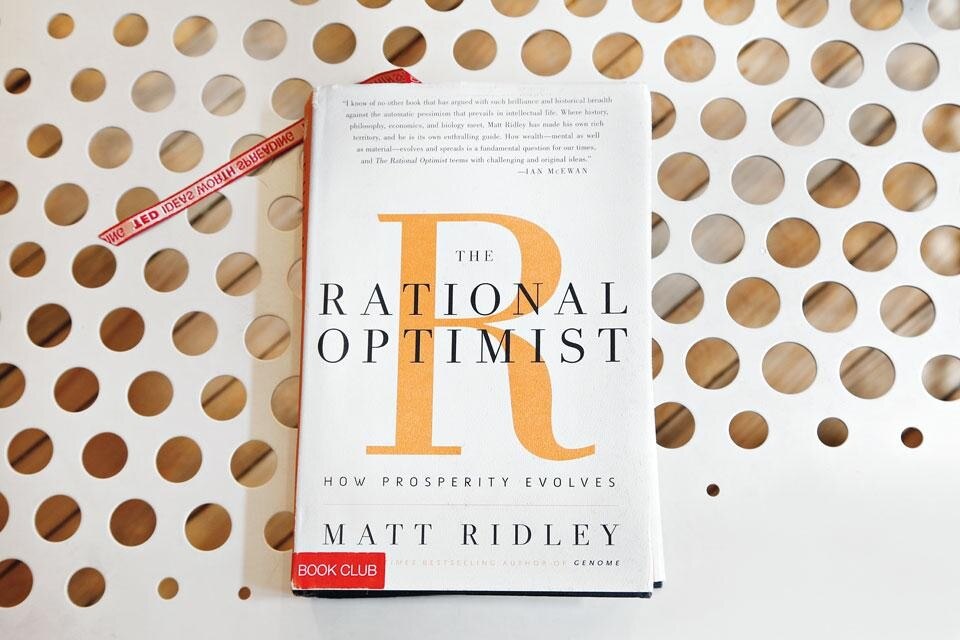
These are two wonderful, completely different books. Eco's novel is structured in a very interesting and subtle way; full of references that are not taken in immediately but only after a while, and naturally it has to do with conspiracies, secret societies and the obsession men have with knowledge. It is as if the need to know something were more urgent than the need to find out whether the known thing is true. And this makes the book a disquieting apologue about human nature. When I read Generation X I was 22, my literary myth was William Gibson, and I was very struck and influenced by my discovery that Gibson at the time was living in Vancouver, in the same city as Coupland. The book is a big eye focused on daily life, which manages to bring the reader's notice to tiny and otherwise invisible details. At that time, at university, I was reading only scholars and theorists of architecture, who loathed the present. That's why I got so enthusiastic about Coupland: he seemed to me so enchanted by the present.
